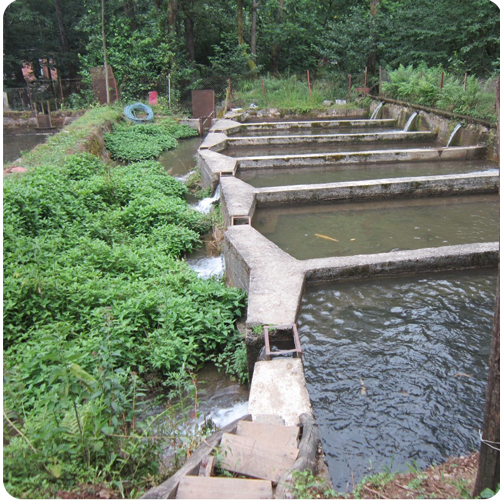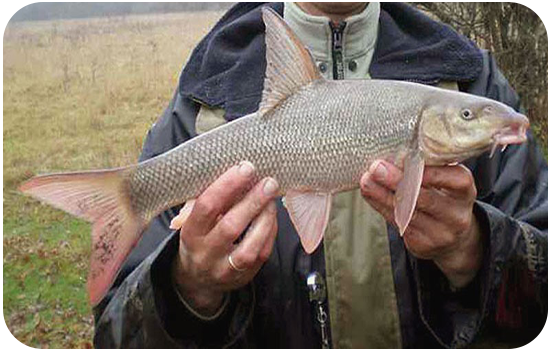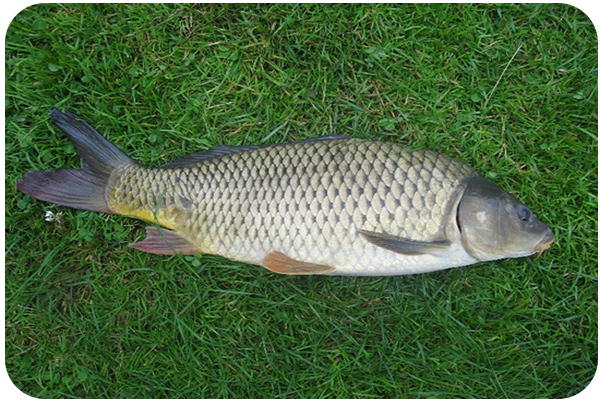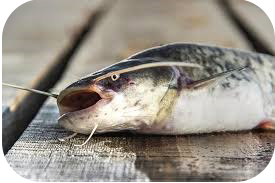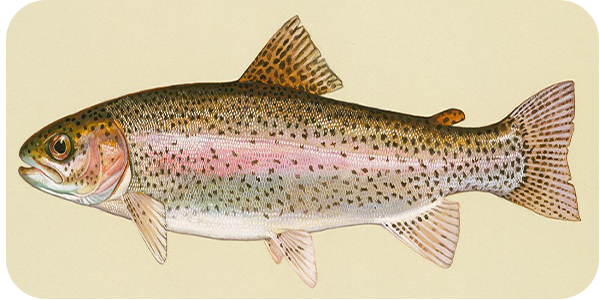History
Aquaculture in the 1950s was a solid activity and one of the most important activities in Georgia that was also involved with the culture of the people there. Salmon farming was traditionally produced in small farms and in the wetlands, lakes and water reserves the main species of carp were limited.
Government statistics at the beginning of the year 2004 show that there are about 295 small, family-owned farms with an approximate area of 560 hectares.
There are also 30 to 40 small recorded small trout farms that produce mainly rainbow trout (Oncorhynchus mykiss), however, it is estimated that there are many additional, but not registered, farms. Although the total aquaculture production is not significant, the fifteen reservoir dams and twenty lakes, with a total water surface of about 5,000 hectares, provide good potential for the development of freshwater aquaculture.
In Georgia, aquaculture is in its infancy, but offers good potential to increase the production of many species of inland water and the marine environment and reduce poverty in rural areas. A range of specific objectives for the development of this sector have been outlined, tasks and responsibilities between the various government agencies have been defined, and a new fisheries and aquaculture law is being developed.
Aquaculture development in Georgia began in the 1930s. From the beginning, aquaculture included lakes, reservoirs, specific Alazani-Mtkvari rivers – and ponds. During this period in the 1930s, there were about 50 aquaculture farms in Georgia. Among these farms were two hatcheries in west Georgia and three hatcheries in east.
In the 1980s, aquaculture became an important source of agriculture that significantly increased fisheries activity. Specifically, the number of aquaculture farms declined from about 50 to 20 in the 1950 to 1980 . In the mid-1980s, there were thirteen fish farms using common carp. Only two salmon farms existed (Oncorhynchus mykiss).
Since 1991, the difficult economic and social situation in the country, the lack of financial resources, inflexible banking and credit policies, as well as the loss of the consumer market such as the former Soviet Union, all have had a very negative impact on the Georgian economy in general and to Specifically in the fisheries sector.
At the beginning of the 1990s, aquaculture farms and special lakes needed for aquaculture were privatized, unfortunately, farms were sometimes given to aquaculture that lacked the necessary skills. Due to lack of funds, fish farms were converted to agricultural areas, which resulted in the destruction of reproductive and maintenance units, ponds, and technical and aquatic structures. Several farms had been shut down for years, jeopardizing the entire aquaculture production.
It is widely believed that official statistics are insignificant; other unofficial sources estimate that about 3,300 people in 2004 earn employment and income from aquaculture activities in Georgia. The average age of people in this sector is forty to fifty years, and most of them are men, while many women are involved in distribution and marketing. Most aquaculture farmers do not have high education and technical knowledge of the fisheries industry in the country.
The total area of Georgia is approximately 69,000 square kilometers. It is rich in water resources and therefore suitable for marine and terrestrial aquaculture and fishery activities such as cage breeding. The total length of the rivers in the country is approximately 5,000 kilometers, which flows into the Black Sea and the Caspian Sea. There are 2 lakes with a total area of 2 km 2 and two reservoir dams with a total area of 2 km 2. It borders the Black Sea.



